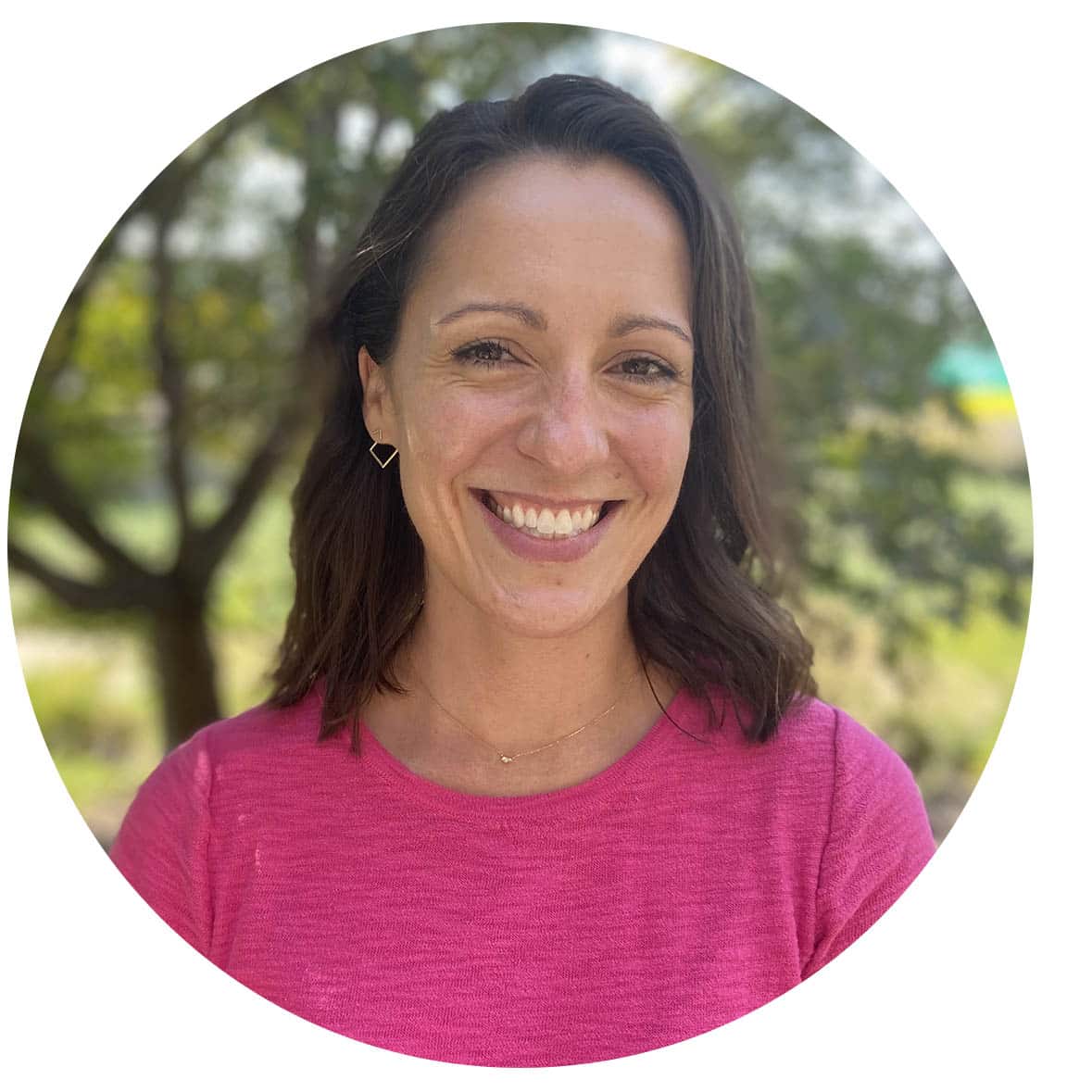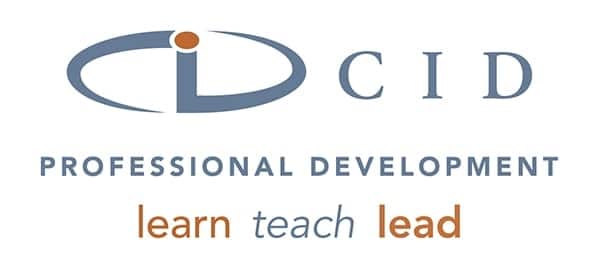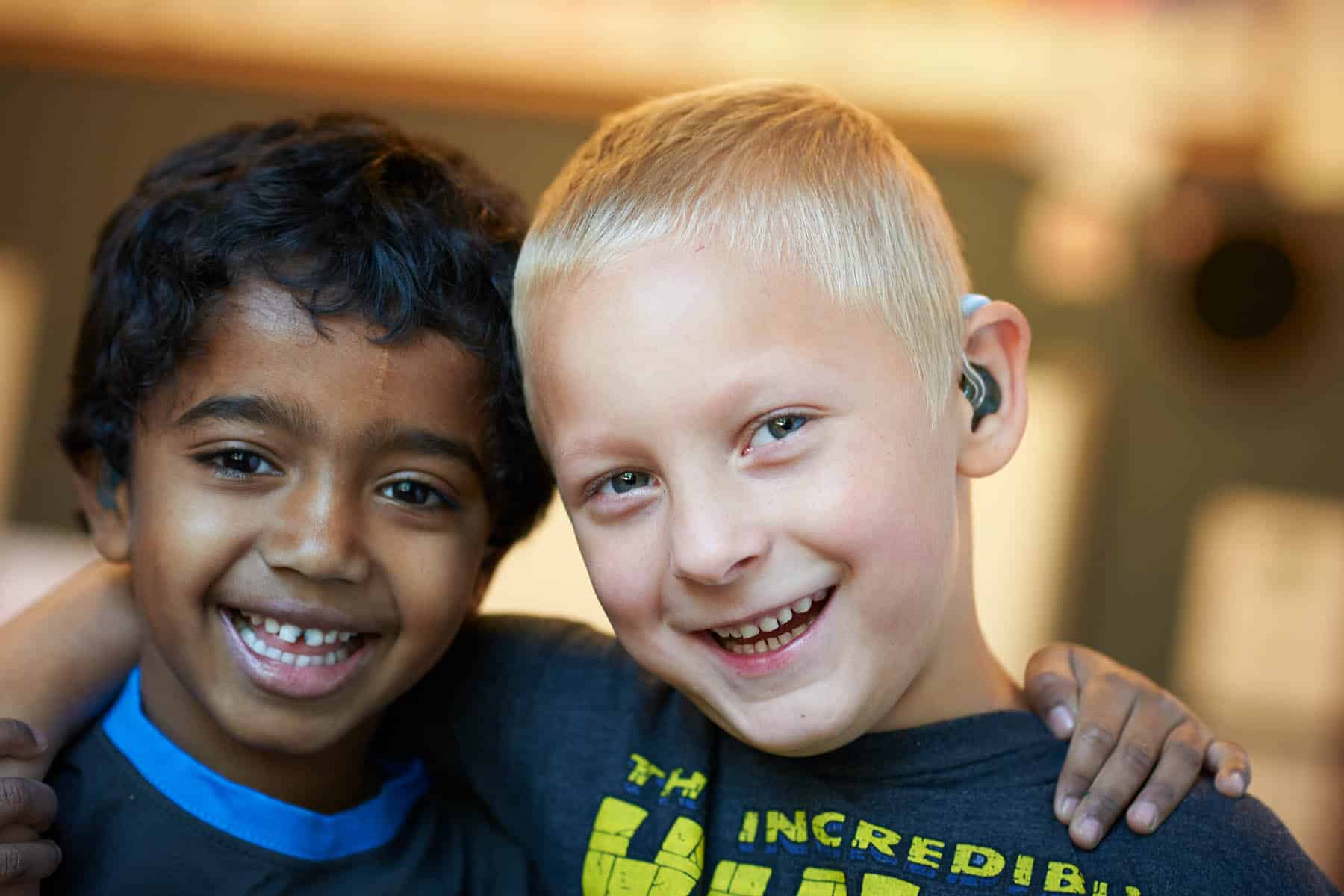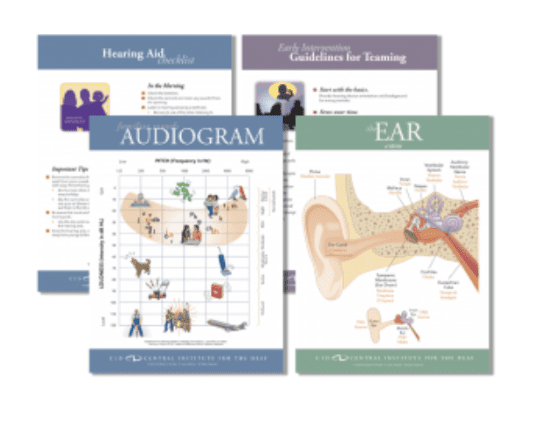In addition to speech, language and auditory skills, self-advocacy and conversational repair strategies are important skills to develop in students who are deaf and hard of hearing. Peers are bound to have questions about hearing devices, and communication breakdowns are a part of everyday life. Preparing students who are deaf and hard of hearing to react appropriately in such situations is key to setting them up for success in the mainstream. As Better Hearing and Speech Month comes to a close, considering self-advocacy skills and conversational repair strategies provides one more way for teachers, audiologists and speech-language pathologists can support our students and build Communication as the Key to Connection.
As students learn about device care and responsibility, it is also important to teach our students how to talk about their devices. They are likely to encounter questions from curious peers such as “What is that?” or “Why do you have that?” Preparing our students ahead of time with simple responses such as “It’s my hearing aid. It helps me hear better,” will help build their confidence in such situations. Students may want to explain themselves or teachers, audiologists and speech-language pathologists can teach classmates how the ear works and what hearing aids and cochlear implants do. This can be done though hands-on activities or games such as a child pretending to be sound and running through all the parts of the ear. This will also help start a conversation about hearing among all the students in a class and create a more relaxed setting for a student who is deaf or hard of hearing to talk about his or her hearing and devices.
Developing conversational repair strategies is another way to prepare students for responding to situations that are bound to arise. The opportunity to begin teaching these skills comes at a young age. A child first learns to recognize that a breakdown of some sort has occurred. Does a student look up with a confused face when he knows he heard something but did not understand or did not hear it completely? Does a student add gestures to her words when an adult does not understand? These are both great indicators that the student knows something went wrong in that communication. She is even moving to the next step by making an attempt to do something about it.
As students grow in their language skills, it is important to continue to expand use of repair strategies. When reading a story, for instance, prompt students to ask about unfamiliar vocabulary. Ask them, “Do you know what thrilled means? What could you do if you don’t know what that means?” Or, during conversation, ask a student, “Did you hear what your friend just said? What could you do if you didn’t hear him?” As students grow older, it is important to fine-tune these repair strategies. Teach them to recognize what exactly is causing the breakdown. For instance, does the student need to ask simply, “Can you say it again?” or was the message too quiet and he or she needs to ask, “Can you say that louder?” If a listener does not understand a student’s message, should it simply be repeated or is further explanation necessary? For instance, if a student is not quite sure how to pronounce a teacher’s name, he could add “It’s Mrs. ____, the math teacher. She has long hair.” Regardless of a student’s age, knowing how and when to use conversational repair strategies is an important key to successful communication. Teachers, audiologists and speech-language pathologists can anticipate challenging situations and support students who are deaf and hard of hearing in developing the skills to advocate for themselves and to ultimately build meaningful connections.

Jackie Unser is a speech-language pathologist at CID – Central Institute for the Deaf. Prior to working at CID, she provided teletherapy intervention to children ages 3- 11 who are deaf and hard of hearing. Ms. Unser has presented as a guest lecturer on assessing the communication skills of children who are deaf and hard of hearing at Fontbonne University and has co-authored and presented a workshop targeted for speech-language pathologists at CID. In addition, she wrote an online course about assessing the speech and language skills of children who are deaf and hard of hearing.












